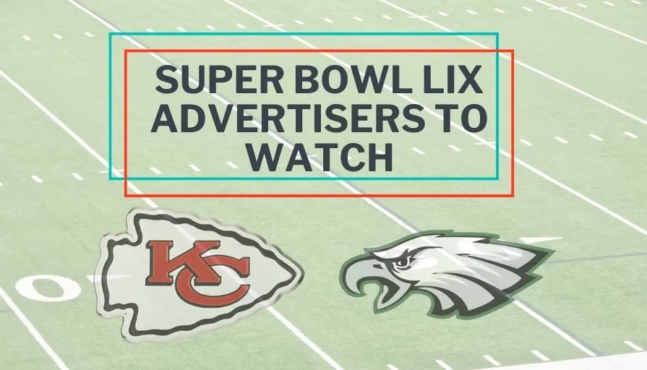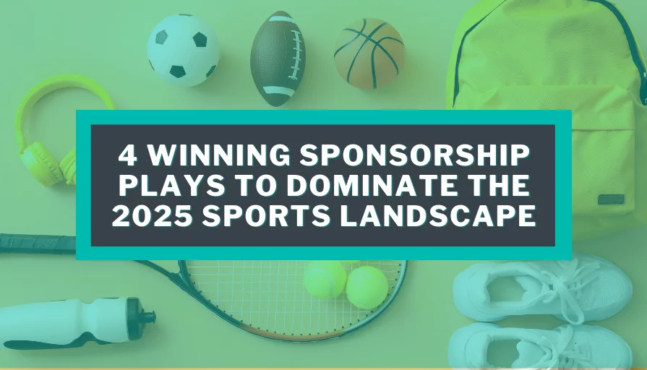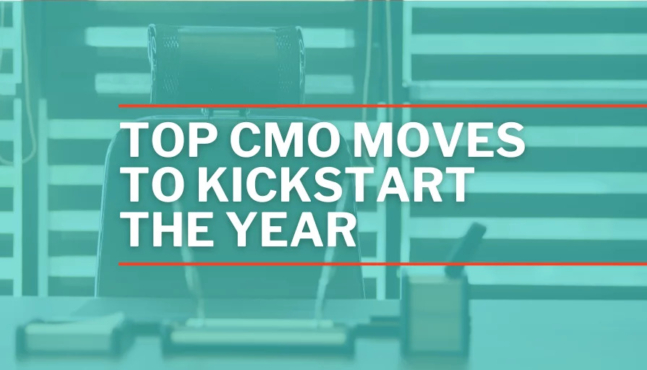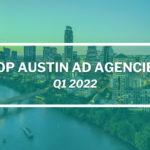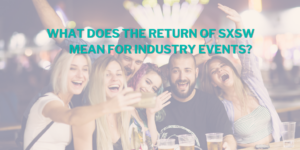
What Does the Return of SXSW Mean for Industry Events?
There’s no festival in the world like SXSW. Founded in 1987 by staffers at the Austin Chronicle, the festival brings the best in music, film, tech, and culture to the booming creative hub of Austin, Texas. After being canceled in 2020 and going virtual in 2021, SXSW is back for 2022 bigger, brighter, and more star-studded than ever, with appearances from Chrissy Teigen, Lizzo, Neal Stephenson and so, so many more.

Every year, there are new elements to SXSW — including the addition of two new tracks, Climate Change and Transportation. Summit topics for this year range from “Connecting with XR” to “The Future of Work” to “The Space Rush” to “The State of Psychedelics.”
While the festival doesn’t officially begin until this weekend, we’re already seeing trends emerge from activating brands. With so much pressure on the festival after two years away, what does the return of SXSW mean for industry events as a whole?
1) New brands will experiment with events
We expect to see new, non-traditional brands dip their toe in the event marketing pool. Brands across industries are actively working to increase consumer trust and loyalty — and we know nothing builds positive relationships (and repeat customers) quite like successful experiences. Brands have to whet their appetites with virtual conferences and festivals over the past many months… driving new experiential budgets, and fueling fresh new ideas, like hyper-targeted ticketed events.
2) Events will shift to shorter formats
While Winmo still isn’t in the predictions business, we expect to see the return of pop-ups in 2022. Pop-ups, and their cousin, installations, reduce event marketing’s barrier to entry for both brands as well as consumers. We’ve seen success here with the recent boom of interactive art installations. Not only do these experiences translate well to attendees’ social media pages, but they come to life in large-scale environments (great for social distancing) and cost far less than a festival, both in terms of time and money.
3) Flexibility will determine success
Kind of like how we can now watch content anytime we want, based on our needs — events need to be designed to be consumed in a way that works for the many different types of people that comprise your audience. Your attendees have their eagle eyes focused on the word “hybrid” in your marketing and promotions, so they can choose how to experience it. But also: should you offer a full-keynote, a shortened summary, an audio version, a white paper, or a tweet.
An attendee may register for your event in the hopes of putting real pants on and heading into a well-ventilated venue, but circumstances change. Knowing they can still participate digitally will entice more sign-ups. Also, ensure your event website, app, social posts (everything) clearly detail your refund and cancellation policy. In 2022, the sooner brands establish trust with attendees, the safer they’ll feel spending money with them.
4) Consumers will want to feel included
Promoting exclusivity still feels… gross. In 2019 — when we were so young and naive — the big trend in event marketing was VIP experiences. Everything from music festivals to trade shows sold increasingly expensive multi-level packages. Each attendee felt more important than the last, as they crossed the velvet rope to access another private activation away from the peasants of general admission.
Today, consumers seek events that make them feel united in community, not divided based on resources and opportunity. Drop the aspirational tone where it’s not needed for an accessible one, providing consumers with opportunities that are both attainable and connective.
